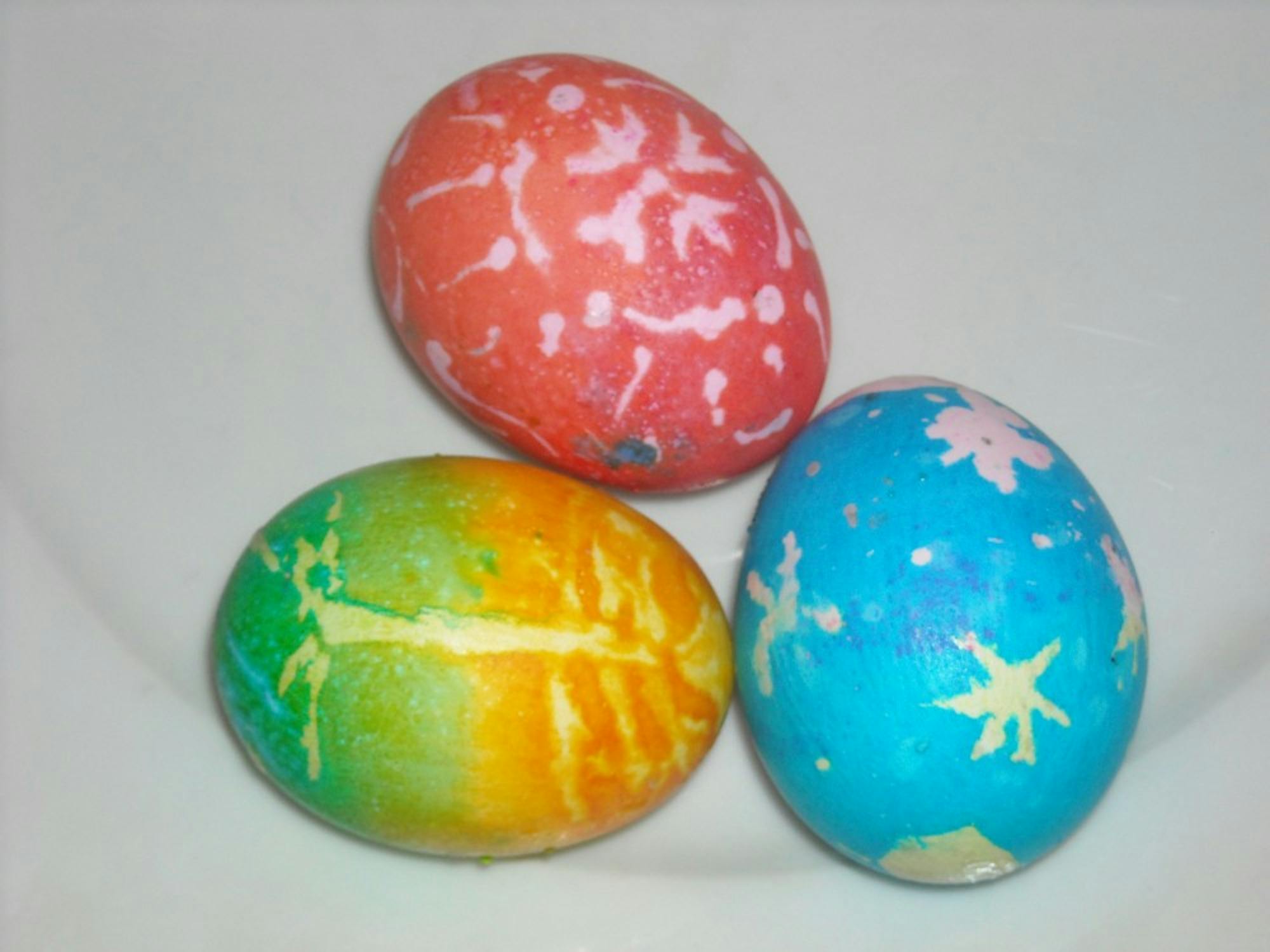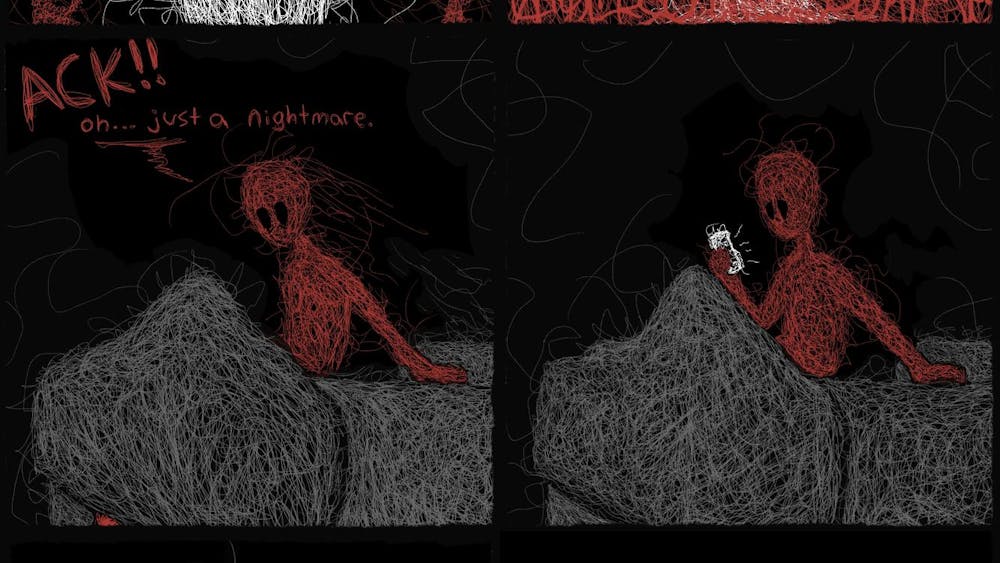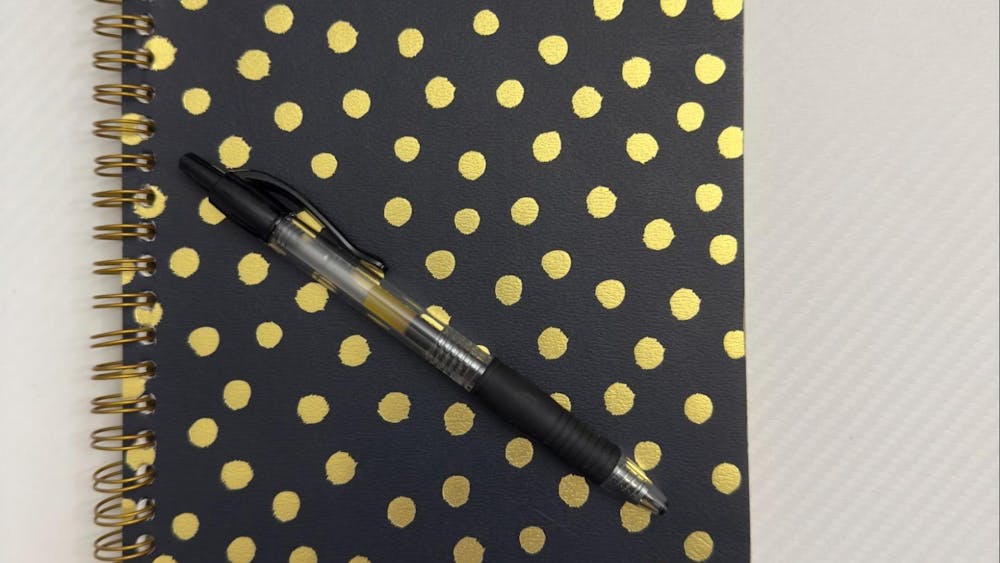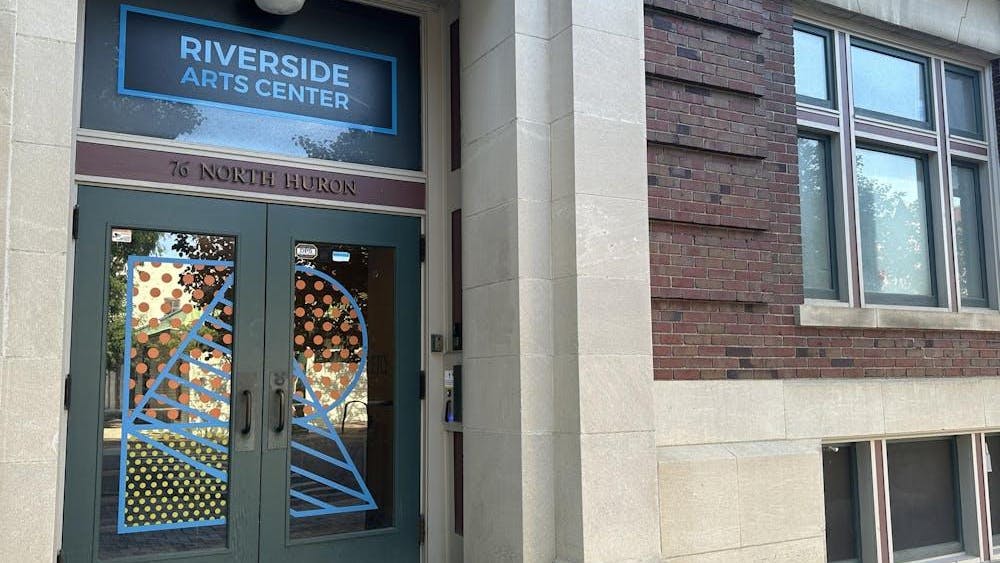While in America they might be best known as a vehicle for grocery store kits, other cultures hold Easter eggs on a high and artful status. In Eastern Europe, notably Ukraine, a method for creating gorgeously colorful and elaborate eggs is called Pysanky.
While Pysanky looks (and is) complicated and time-consuming, it works the same way as drawing on an egg with a crayon: Wax is applied to areas where you don’t want color to appear, making a design when the egg is dyed. In Pysanky, melted beeswax is applied in a pattern with a stylus called a kistka, and then the egg is dyed. More wax is drawn on the egg and it’s dyed again. This is repeated several times, creating vibrantly colored and richly layered designs.
Even if the theories behind crayon-drawn egg designs and Pysanky are the same, the actual processes are vastly different—with the latter certainly not intended for Easter brunch deviled eggs.
Eggs for Pysanky are raw blown eggs, with the liquid whites and yolks very carefully drained out of
a tiny hole in the eggshell. The kistka can be either wood or electronic, and the dyes are specially formulated to be richer and brighter than standard food coloring. Shellac or varnish are sometimes used to seal the egg for display purposes.
The patterns on the eggs are nothing short of fine art. Geometric stars, grids, diamonds and other shapes are used as frames or pattern repeats, while specific images are symbolic: Birds sitting at rest for fulfillment of wishes, roses for love, the sun for growth, fish for Christianity and deer for prosperity. Colors are also symbolic: Blue for good health, green for hope, white for innocence, red for happiness and hope and orange for endurance.
Knowing the basic idea behind Pysanky (egg, liquid wax, dye, repeat) I decided to try a hybrid of American egg dyeing ease and simplified Pysanky decorating. Following steps outlined on theallisonshow.com, I would use beeswax, standard food dye and a stylus made from a flat-head pin stuck in a pencil eraser.
I headed to Michael’s craft store to pick up beeswax from the candle-making aisle, but I wasn’t willing to pay $17.99 for a huge block of beeswax so I substituted it for a $3 box of paraffin from the canning department at the grocery store. I lightly dyed cold hardboiled eggs in pale shades of yellow, green and pink.
Melting the paraffin wax was the next step. I lined a glass bowl with foil and placed it over a pot of slow simmering water to melt. I added half a black crayon so the wax would be clearly visible on the egg. Sticking a flat-head pin into the eraser of a pencil, I dipped my stylus into the melted wax and tried to draw.
Paraffin wax cools and hardens almost instantly upon being lifted out of the double boiler. I discovered this made drawing patterns on the egg with the wax very difficult but not impossible. I then over-dyed the eggs with a darker color. The finished effect, if not quite Eastern European elegant, was rather pretty—definitely an upgrade from bunny stickers and glitter glue.










